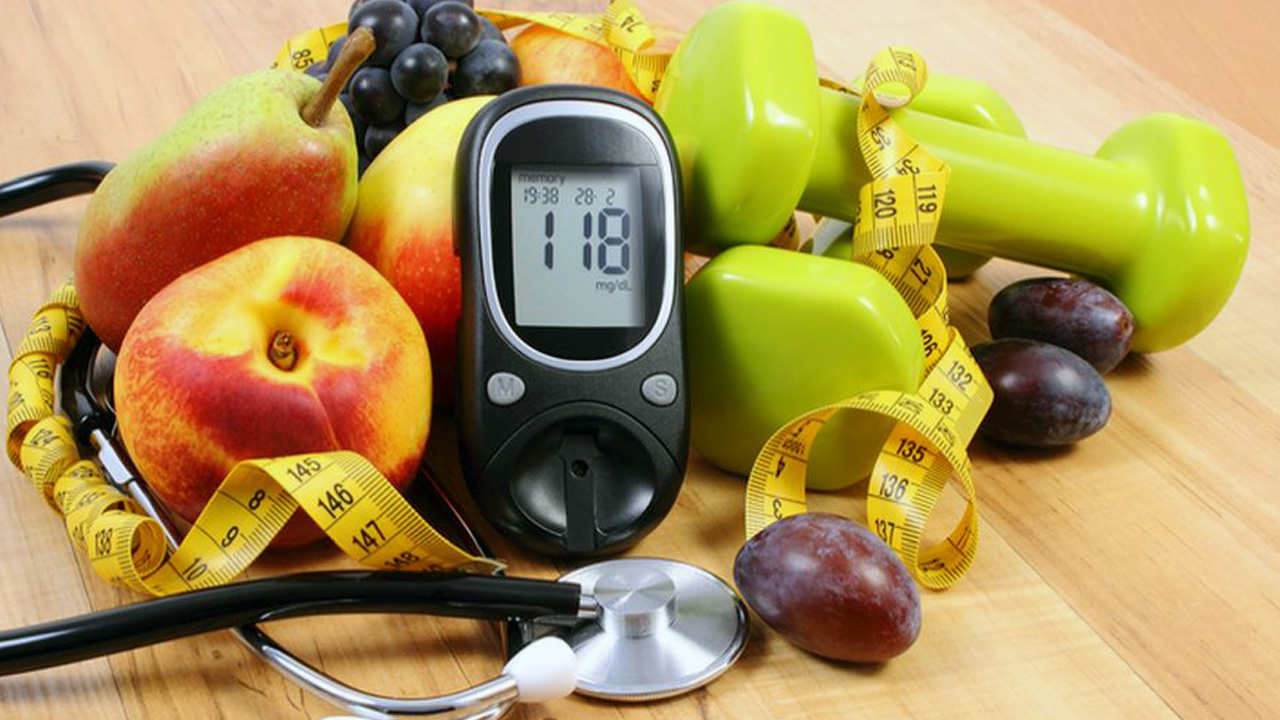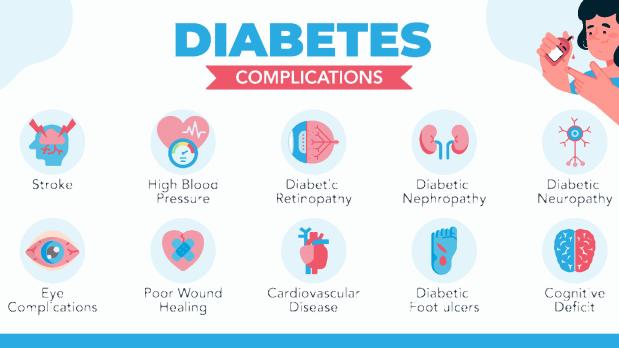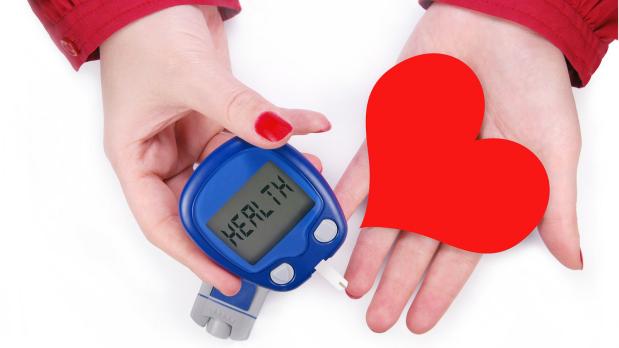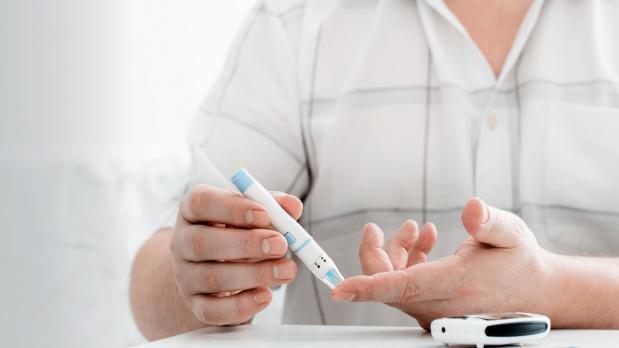What is blood sugar?
What is blood sugar? Blood sugar, also known as glucose, is the primary form of sugar present in the body. It originates from carbohydrates present in our diet. Glucose plays a crucial role in supplying energy to numerous cells within the body, including those in the brain.
Individuals with diabetes experience fluctuations in their blood sugar levels throughout the day due to factors such as diet, physical activity, sleep, as well as stress and hormonal influences. It is crucial for people with diabetes to vigilantly monitor their blood sugar levels to ensure they are within the optimal range. When blood sugar levels become excessively high or low, it can have adverse health consequences, including the development of conditions such as diabetes, coronary heart disease, and stroke. Additionally, prolonged imbalances in blood sugar levels may lead to complications such as nerve damage, kidney impairment, and heart disease.
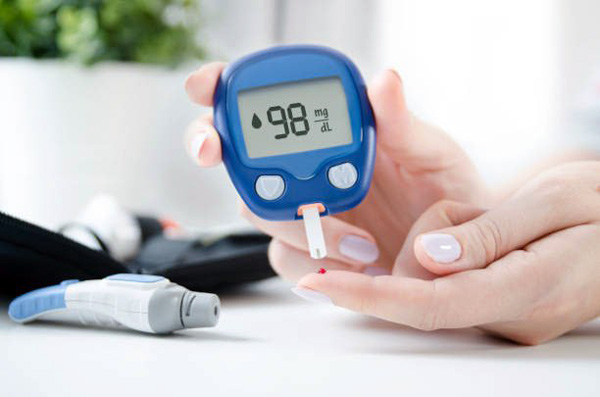
Blood sugar measurement
Blood sugar measurement
Blood sugar measurement is a vital procedure for individuals managing diabetes. It involves using a blood sugar meter to determine the glucose concentration in a blood sample. The process typically begins by cleaning the skin with alcohol and allowing it to dry thoroughly. Then, a small drop of blood is obtained from the fingertip or another area of the skin. This blood droplet is carefully placed onto a specialized test strip, and within seconds, the meter displays the precise blood sugar level. The information we are about to discuss pertains to the blood sugar level values for both individuals without diabetes (considered normal) and those with high or low blood sugar levels due to diabetes. Let's explore these values further.
Blood sugar levels categorized as normal, high, or low based on age, encompassing children, adults, and the elderly.
Here is a table comparing fasting and non-fasting blood sugar levels, which serves as a tool for screening individuals for diabetes and assessing their risk of pre-diabetes.

Table of Blood sugar levels categorized
A fasting blood sugar test involves measuring blood sugar levels after an 8-hour period of not eating, typically performed in the morning before breakfast. Fasting blood sugar levels can provide valuable information, potentially indicating whether a person has pre-diabetes or diabetes, depending on the results obtained during this fasting period.
- Normal blood sugar level: 99 mg/dL or less.
- Pre-diabetic blood sugar level: 100 mg/dL to 125 mg/dL.
- Diabetic blood sugar level: 126 mg/dL or higher.
A non-fasting blood sugar test does not require a person to abstain from eating beforehand. Blood sugar levels without fasting can still provide valuable information, potentially indicating whether a person has pre-diabetes or diabetes, based on the results obtained during various times of the day.
- Normal blood sugar level: 140 mg/dL or less.
- Pre-diabetic blood sugar level: 140 mg/dL to 199 mg/dL.
- Diabetic blood sugar level: 200 mg/dL or higher.
What blood sugar level is considered dangerous?
Hypoglycemia occurs when an individual's glucose level falls below 70 mg/dL, with severe hypoglycemia defined as a drop below 54 mg/dL, which can lead to fainting. Low blood sugar is a common concern for people with type 1 diabetes and requires prompt treatment.
Hyperglycemia occurs when an individual's glucose level increases to 240 mg/dL or higher. If left untreated, high blood sugar can lead to ketosis, a condition often referred to as diabetic coma.

